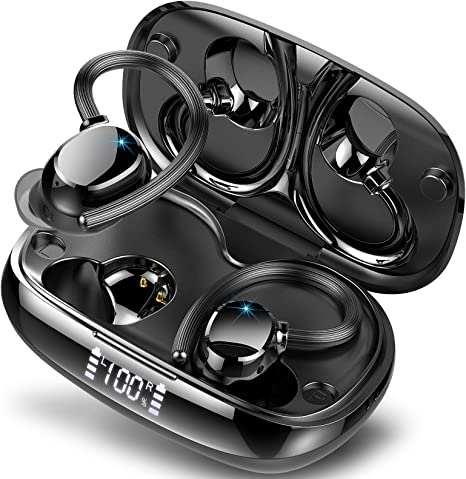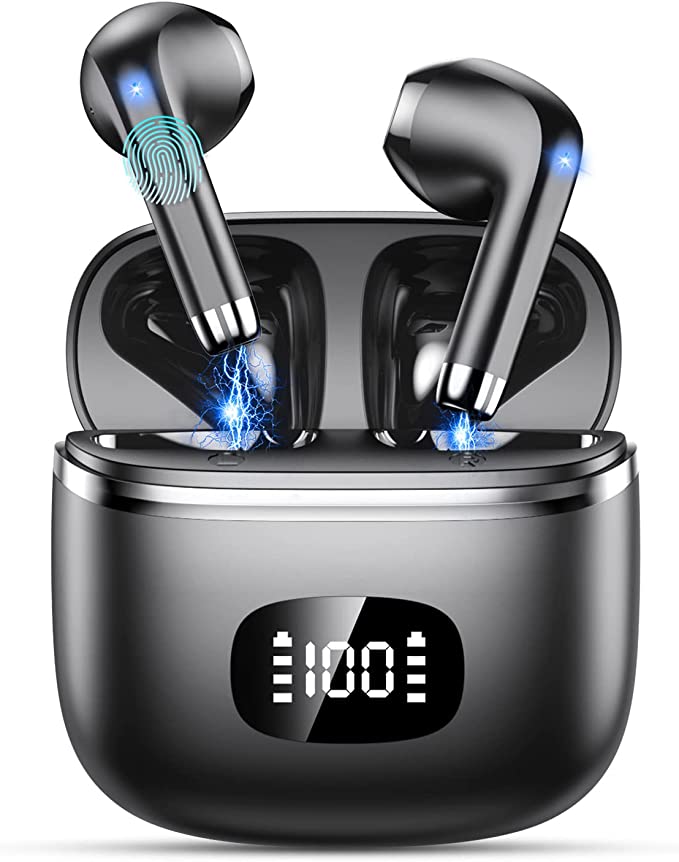How "No-Moving-Parts" Weather Stations Really Work (And Why They Need Time)
Update on Nov. 6, 2025, 12:51 p.m.
For the weather enthusiast, traditional mechanical stations are a source of known frustrations. Spinning cup anemometers freeze solid in an ice storm, and tipping-bucket rain gauges get clogged with leaves or bird droppings. As one user, Keith Cerosky, noted, his old stations would “wear and fail or break or freeze up with ice.”
This persistent challenge is the primary driver behind “solid-state” or “no-moving-parts” weather stations.
A device like the WeatherFlow 2020 Tempest Weather System is the poster child for this new engineering philosophy. It is sleek, solar-powered, and promises nearly zero maintenance. However, this new technology introduces a new, critical paradox, visible across user reviews: how can it possibly be accurate?
One 5-star review from “A. Nonymous” may claim it’s the “best… I’ve owned,” while a 1-star review from “Amazon Customer” counters that the “Data is not close to accurate.”
Both users are correct. The reason why is the key to understanding this entire category of technology.
1. How Solid-State Sensors “See” and “Feel”
First, solid-state stations replace mechanical parts with sensors.
For Wind: Ultrasonic Anemometer
Instead of spinning cups, the Tempest uses an ultrasonic anemometer.
1. Four small transducers are arranged in a square at the top of the unit.
2. One transducer sends a pulse of ultrasonic sound (imperceptible to humans) across the gap to the opposite transducer.
3. The device precisely measures the travel time of that pulse.
4. If the wind is blowing with the pulse, it arrives slightly faster. If the wind is blowing against it, the pulse arrives slightly slower.
By sending these pulses back and forth in multiple directions hundreds of times a second, the device’s processor builds a precise 3D vector of the wind’s speed and direction. It has no moving parts to break or freeze.

For Rain: The Haptic Rain Sensor
This is the source of the controversy. Instead of a tipping bucket, the Tempest uses a haptic rain sensor. “Haptic” means related to the sense of touch.
1. The flat top of the device is a highly sensitive plate.
2. When a single raindrop hits this plate, it creates a unique vibration.
3. An internal sensor “feels” this vibration, measuring its force and frequency to calculate the rain’s intensity and accumulation.
2. The Core Paradox: A “Tool” vs. a “Service”
This haptic sensor is the reason for the 1-star vs. 5-star debate. A user, “Amazon Customer,” installed his unit and found the rain data was “random,” reporting 27.01” when his calibrated analog gauge measured 49.64”. He is not wrong.
But another user, “A. Nonymous,” had the exact same experience. He posted his initial review, but returned a year later to add an update:
“the accuracy of the rain gain has improved greatly over the past year… It took several months for the accuracy to improve (just like tempest said it would.)”
How can a device be “randomly inaccurate” and also “improve over a year”?
The answer is that the hardware (the tool) and the software (the service) are two different things.
The haptic sensor is so sensitive that it also “feels” other, non-rain vibrations: wind rattling its mounting pole, a bird landing, or vibrations from a nearby air conditioning unit. Out of the box, the “tool” is “dumb” and cannot tell the difference.
The real product you are buying is the “Nearcast Technology”—a machine-learning service.
For this system to work, it must be connected to the internet. In the cloud, its AI brain is constantly comparing your station’s “vibration report” to a massive set of “ground truth” data: regional radar, data from other Tempest stations, and other trusted weather sources.
- Week 1: Your Tempest reports rain, but the AI looks at the radar and says, “Nope, skies are clear. That vibration signature must be wind on the pole. I’ll learn to ignore that.”
- Week 4: Your Tempest reports a light drizzle. The AI checks two other stations a mile away and says, “They also reported a drizzle. This vibration signature is confirmed. This is what real rain ‘feels’ like in this user’s specific installation.”
This is what A. Nonymous experienced. The 1-star user was reviewing the “dumb” tool out of the box. The 5-star user was reviewing the fully calibrated “smart” service after a year of machine learning.

3. The New Trade-Off: Patience for Durability
This solid-state technology represents a fundamental trade-off for the modern prosumer.
- Old Mechanical Stations: Reasonably accurate out of the box (if sited and cleaned perfectly). However, they are 100% destined for mechanical failure.
- New Solid-State Stations: May be inaccurate for the first few months during their “learning” period. In exchange, the user gets a solar-powered device that never clogs, never freezes, and never wears out.
This is a system for the user who understands this trade-off. It’s for the enthusiast who wants a hyperlocal forecast that learns their backyard, who wants to integrate it with their Rachio smart sprinkler (as user SteveV did), or who wants to see lightning strikes 25 miles away.
If you are a user who expects instant, out-of-the-box perfection, this technology will be a frustration. But if you are a user who values long-term, zero-maintenance durability and is willing to let the AI learn, it is, as “A. Nonymous” concluded, “the best consumer priced weather station I’ve ever owned.”











